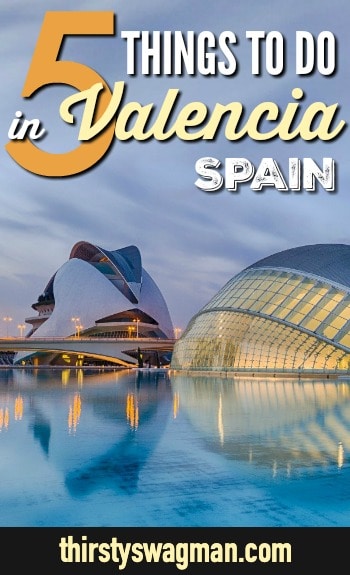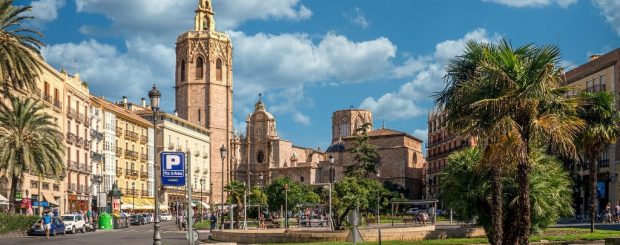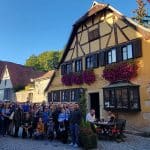What else is there to do in Valencia, Spain?
Wait just a minute… you mean there are things to do in Valencia, Spain other than chuck tomatoes at each other at La Tomatina festival? Believe you me, there’s plenty to explore. And you may even learn a thing or two… before getting all sense knocked out of you by projectile produce. Still counts.
Valencia is actually the 3rd largest city in Spain, just behind Madrid and Barcelona. It’s also one of the oldest having been first settled by Roman settlers in the year 138 B.C. So yeah, they’ve thought of a few ways to pass the time over the millennia. After you’ve recovered from the marinara massacre, here’s where you can head next…
Mercado Centrale
So maybe you’re going through tomato withdrawals, that’s to be expected. There’s nothing to be ashamed about, pal. Identifying the problem is the first step. The second step is hitting up Valencia’s Central Market for loads and loads of food (but I can’t promise there will be any ‘maters left).
This public market has been catering to tourists and locals alike since 1839. To put that into perspective, that’s the same year tea was first introduced to the UK and the term “OK” was first used. Can you imagine life before OK? What a strange and uncertain time!
At Mercado Central you can get everything you need for groceries—meats, cheeses, produce, spices, seafood—or just grab a super fresh and delicious lunch. This air-conditioned, organized, notably clean, and well-managed market is hard to miss with its massive size and fancy Art Nouveau style.
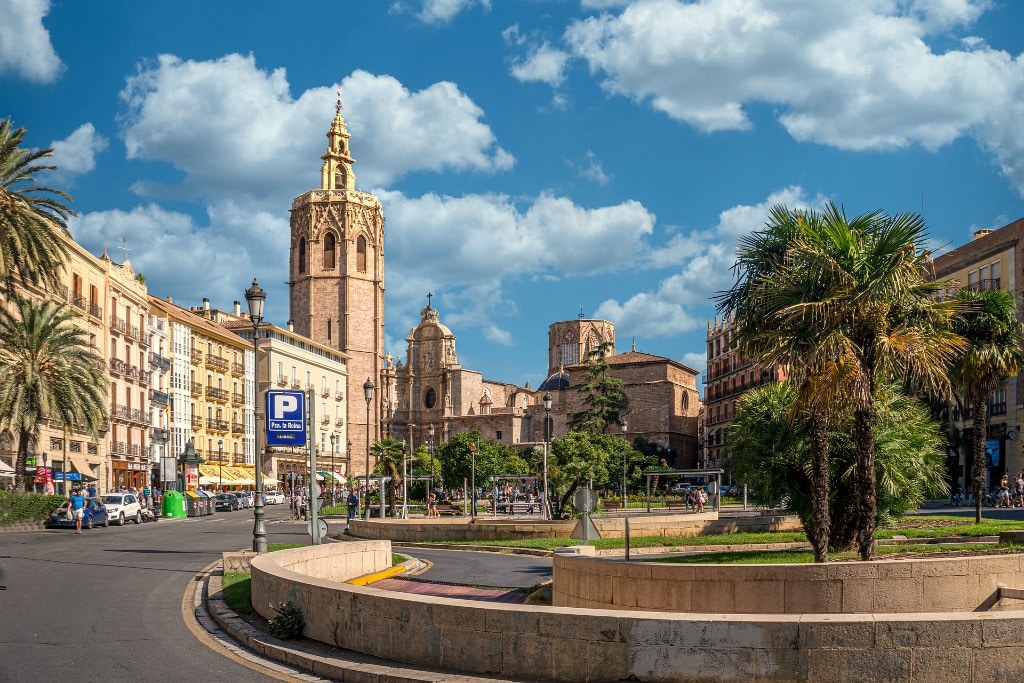
Turia Gardens
And just what are you going to do with all that food? Duh, fix yourself up a picnic and go enjoy life!
Turia Gardens offers visitors to Valencia the perfect spot for recuperating after a day of all-out tomato warfare.
What began as a river is now the largest urban park in Spain. Yes, I said river. In an effort to kill off the deadly flooding that once plagued Valencia, the Turia River was diverted around the city, leaving a massive empty riverbed through Valencia that later became Turia Gardens.
Today you can enjoy the large green space, a number of sports facilities, bike and walking paths, fountains, or take a much-needed nap under some orange trees while visions of vine-ripened vegetables (or are they fruits?) dance in your heads.
City of Arts and Sciences
I know what you’re thinking, “Arts? Sciences? No. Beer? Flying fruit (or is it a vegetable)? Yes!” Well, I totally understand that attitude but wait until you see this place.
Located at the very end of the riverbed/Turia Gardens is the City of Arts and Sciences, the largest complex of its kind anywhere in Europe. This complex, inaugurated in April 1998, is made up of seven weird-as-hell buildings and structures including:
L’Hemisfèric
L’Hemisfèric is an IMAX theatre and planetarium. Not so weird, right? Until you see the building itself that was built to look like an enormous eye that even opens and closes. So what you think is tomato poisoning doing your brain in is actually a real-life structure known as the “Eye of Knowledge”.

El Museu de les Ciències Príncipe Felipe
This is the fancy way to say interactive science museum. To stick with the weird factor happening here, this building was constructed to resemble the skeleton of whale. And for what reason? I know not.
L’Umbracle
L’Umbracle is a massive open-air landscaped walkway intended as the entrance into the City of Arts and Sciences. Inside are thousands of plants indigenous to Valencia and an outdoor sculpture garden and art gallery.
L’Oceanogràfic
This is the largest oceanographic aquarium in Europe with a size of 1.2 million square feet and a capacity of 42 million liters of water. Many different marine habitats are exhibited here including Mediterranean and Red Sea, tropical, and arctic habitats. There’s even a place called a Crocodilary which sounds pretty promising.
You can see sharks, rays, a dolphin show, and eat dinner at an underwater restaurant. And yes, they offer seafood on the menu.
La Lonja de Seda
Located in the center of the city, La Lonja de Seda was built in the 15th century and resembles a typical medieval castle. It is here that Valencia’s Silk Exchange was once housed and today is one of the most famous Gothic monuments in Europe. In addition to admiring the impressive architecture of this UNESCO World Heritage Site and absorbing the history, you can also climb the tower for stunning views of the city.
Valencia Cathedral
You’re in Europe; you know that incredible churches are a dime a dozen. But this one is special… or at least that’s what its mother tells it.
Valencia Cathedral was built in the 13th century and houses the Chapel of the Holy Grail. What I thought was just a cheeky name actually came from the relic tucked away inside, the Holy Grail. THE Holy Grail, you guys.
Say what? If the Holy Grail is here, why is everyone always looking so hard for it? Do people know about this? Personally, I thought it was deep under a pile of rubble in the Temple of the Sun, in the Canyon of the Crescent Moon, no?
This one, believed by most Christian historians to be the true Holy Grail is actually quite fancy, with a gold base adorned with emeralds—not really the cup of a carpenter, eh?
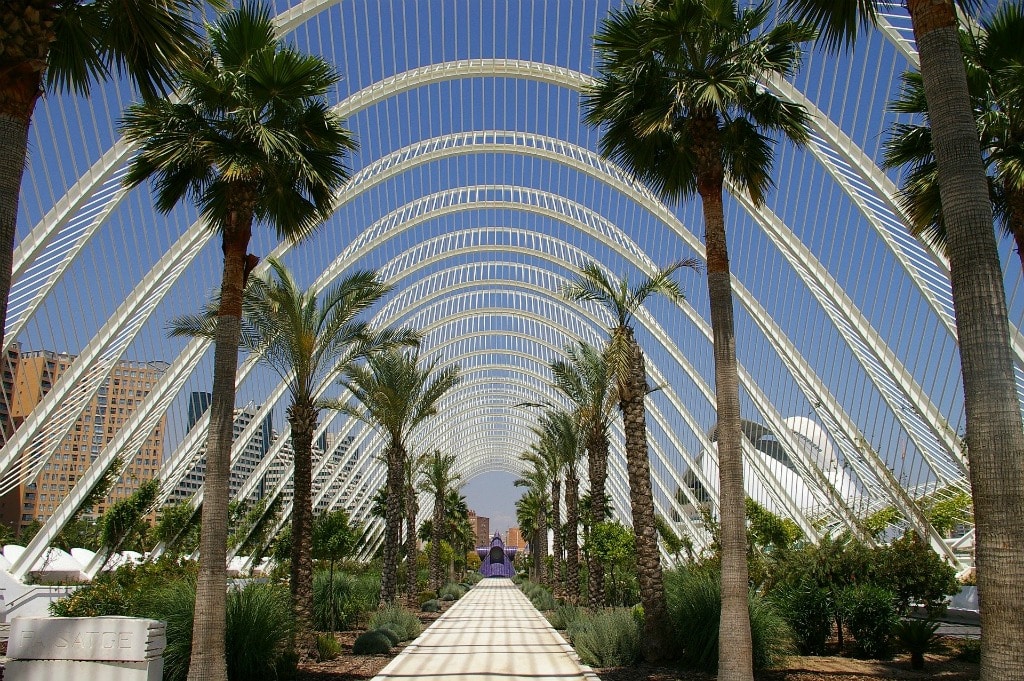
Like this article? Pin it on Pinterest! ↓↓↓
